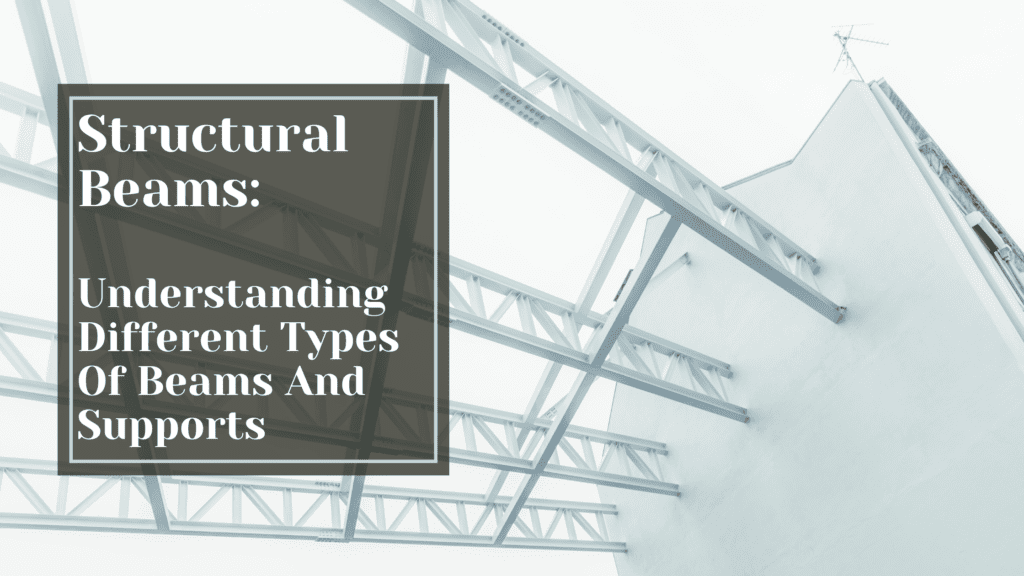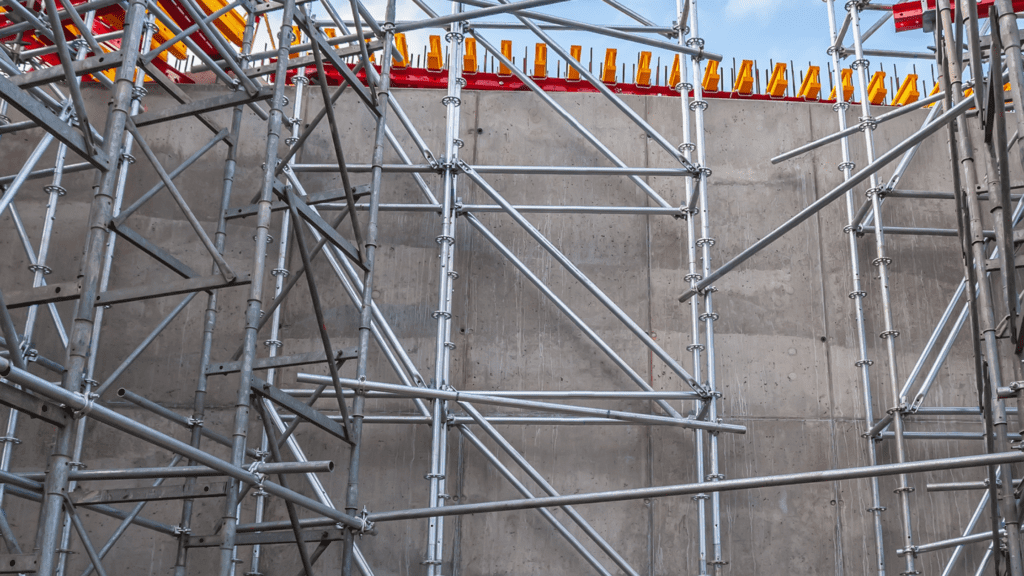
Have you ever wondered how impressive structures can stand tall, braving the elements year after year? The answer lies in the unsung heroes of construction: beams and supports. These unassuming elements play arguably the most vital role in creating our built environment, providing stability and strength to everything from bridges to houses. So, let’s embark on a journey to explore the fascinating world of construction beams and supports, demystifying their importance and the science behind their functionality.
Table of Contents
ToggleWhat are Structural Beams and Supports?
At the heart of every well-built structure, there are beams and supports working harmoniously to distribute weight, resist forces, and ensure stability. In essence, beams are horizontal or nearly horizontal elements that bear the weight of the structure above and transfer it to the vertical supports. Supports, on the other hand, are vertical elements that carry the load from the beams and disperse it safely to the ground.
Types of Structural Beams and Their Marvels
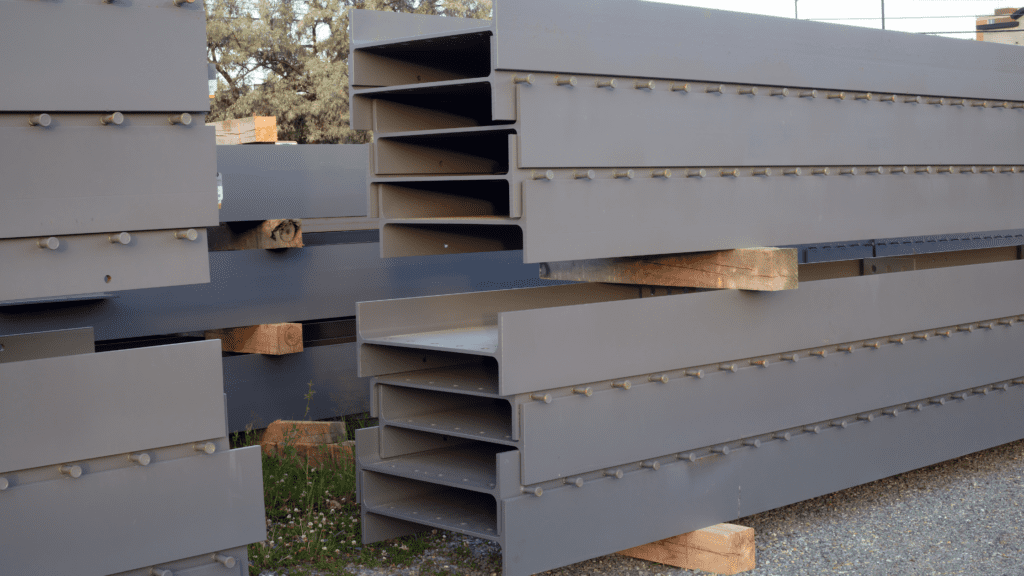
Beams come in various shapes and sizes, each designed to serve specific purposes. Let’s take a peek at some common types:
- I-Beams: These beams resemble the letter “I” from the side, and are excellent at carrying heavy loads over long distances. Think of them as the workhorses of the construction world.
- H-Beams: Resembling the letter “H,” these beams are commonly used in columns and beams of steel structures, boasting exceptional strength and load-bearing capabilities.
- Wooden Beams: Timelessly classic, wooden beams add warmth and character to a structure. They are often found in traditional homes and rustic settings.
- Reinforced Concrete Beams: Combining the strength of concrete and the flexibility of steel reinforcement, these beams are a staple in modern construction, particularly in bridges and high-rise buildings.
The Silent Role of Supports
Supports come in various forms as well, offering the necessary backing for beams to carry out their duties efficiently:
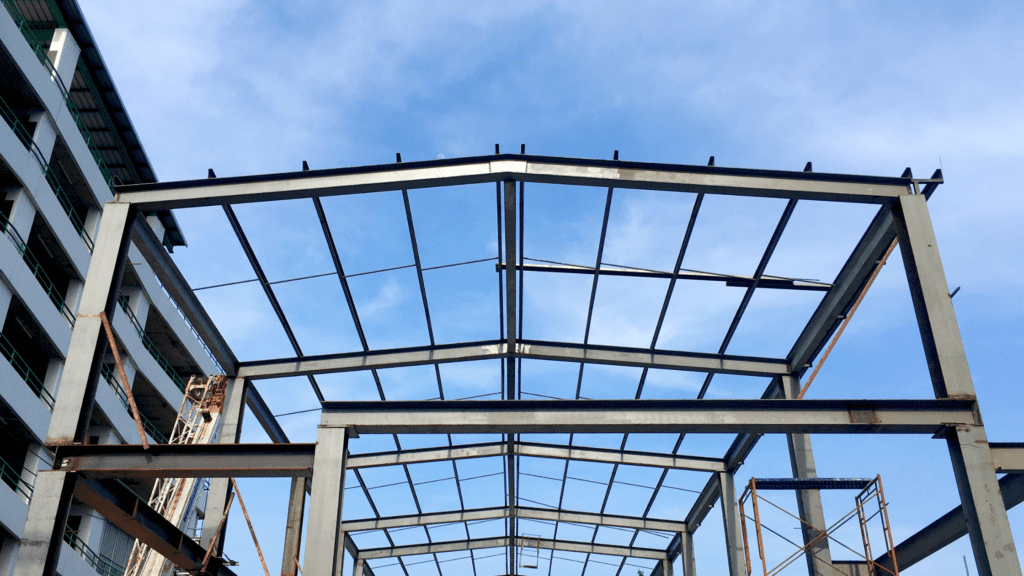
- Columns: These vertical supports stand tall like sentinels, bearing the weight from above and transferring it safely to the ground.
- Walls: The load-bearing walls in a structure provide lateral support, resisting forces like wind and earthquakes that could potentially cause the structure to sway or collapse.
- Pillars: Often seen in architectural marvels and historical structures, pillars are ornamental supports that also serve structural purposes.
The Dance of Forces: How Beams and Supports Collaborate
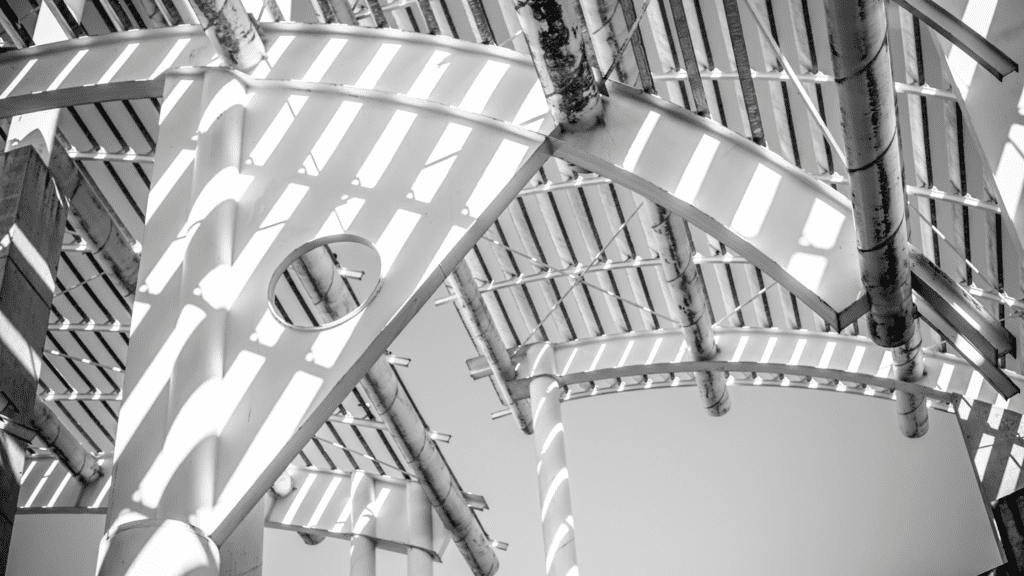
In construction, beams and supports collaborate to balance and distribute forces. When a “load” (the weight of the structure, occupants, and everything inside) presses down on a beam, it bends slightly. This bending force creates tension on the lower part of the beam and compression on the upper part.
Supports counteract these forces by providing the necessary resistance to prevent beams from bending too much or collapsing. Think of a seesaw in a playground – it works best when both sides are evenly matched.
As Seen in the World
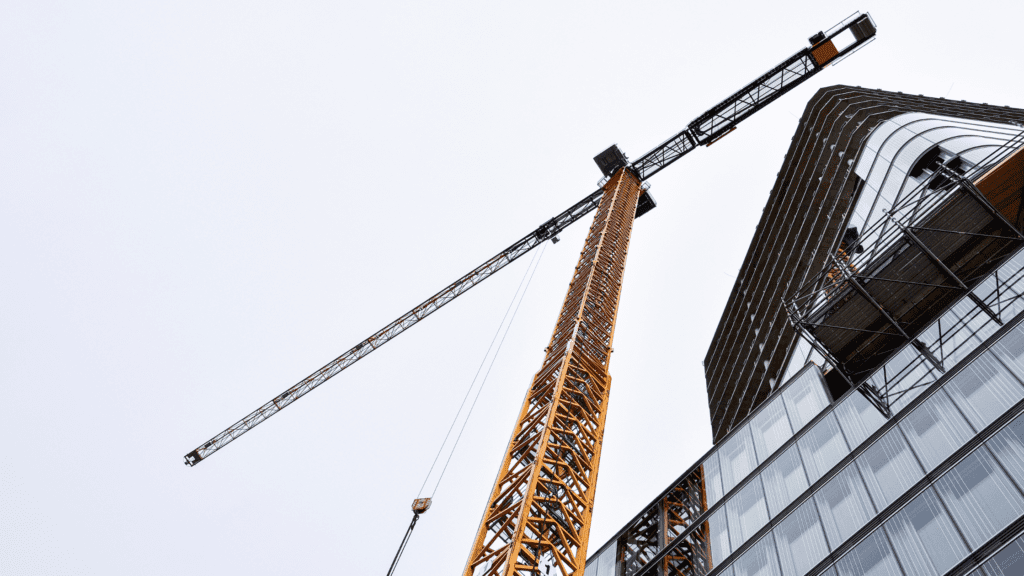
Here are some relevant examples of beams and supports you’ve likely seen before. Now you can look at them and know what’s really going on there.
- Residential Homes: Wooden beams in ceilings distribute roof weight evenly. Load-bearing walls guide this weight downward, ensuring house stability.
- Skyscrapers: Steel I-beams manage loads in tall buildings, with columns channeling weight to the ground.
- Bridges: Concrete beams span rivers, reinforced with steel. Suspension bridges rely on pillars and cables.
- Historical Architecture: Stone pillars and arches work together – pillars support weight, arches create spacious interiors.
- Modern Innovation: Composite materials like carbon-fiber polymers offer strength. Cantilevers extend structures innovatively.
In every instance, beams manage load and forces, supports maintain balance, ensuring durable and functional spaces.
Innovation and Engineering Ingenuity

The world of construction beams and supports has witnessed tremendous advancements over the years. Engineers and architects constantly strive to push the boundaries of what’s possible, developing innovative materials and techniques to create stronger, more efficient structures. From high-strength composite beams to earthquake-resistant designs, the marriage of science and creativity continues to reshape our skylines.
Understand Structural Beams?
Next time you admire a towering skyscraper or cross a sturdy bridge, take a moment to appreciate the unsung heroes working diligently behind the scenes – the beams and supports that keep our built environment standing tall. Their intricate dance of forces, collaboration, and engineering marvels come together to shape the world we live in.
The next time you encounter a skyscraper, bridge, or any edifice, remember the unsung strength that ensures these creations endure.

